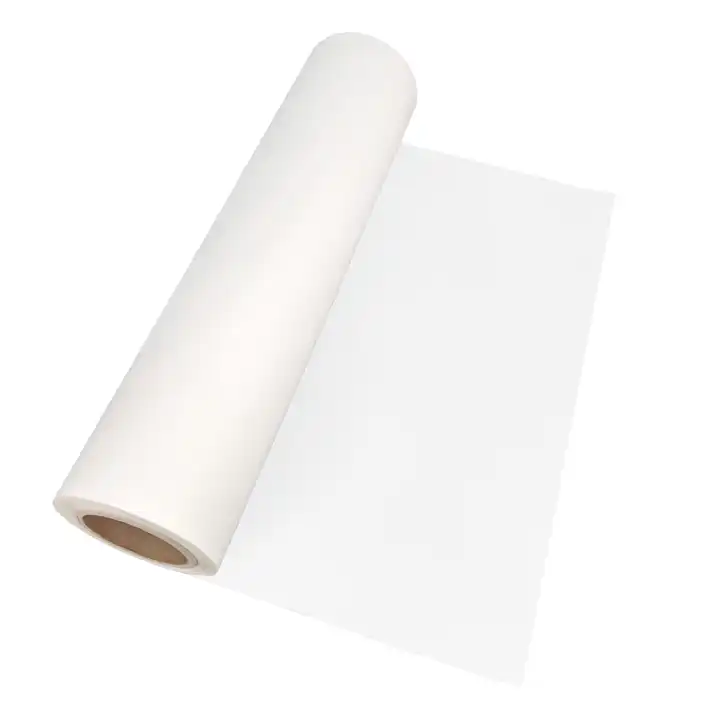There may be several reasons why the powder is not shaken cleanly on DTF film. Understanding these reasons can help you take appropriate measures to improve the quality of heat transfer.
1. Inappropriate particle size of hot melt adhesive powder: If the hot melt adhesive powder particles used are too large or too small, it may cause the powder to adhere unevenly to the film, making it difficult to completely remove the excess powder during the shaking process. It is important to choose a particle size that suits your printing detail needs.
2. Surface condition of heat transfer film: If there is oil, dust or other impurities on the surface of the film, it may affect the adhesion of the hot melt adhesive powder and cause the powder to be shaken uncleanly. Make sure the heat transfer film is clean and uncontaminated before use.
3. Quality of hot melt adhesive powder: Low-quality hot melt adhesive powder may not be easy to distribute evenly or have poor adhesion, resulting in residual powder after shaking. Using high-quality hot melt adhesive powder can improve the overall effect of heat transfer.
4. Improper shaking equipment or method: If the shaking force is not enough or the method is incorrect, the powder may not be completely removed. Make sure you use the correct powder shaking technique, and if necessary, use specialized powder shaking equipment to improve efficiency.
5. Compatibility issues between heat transfer film and hot melt adhesive powder: There may be compatibility issues between different brands or types of heat transfer films and hot melt adhesive powder, resulting in the hot melt adhesive powder not being evenly attached or easy to remove. Make sure the heat transfer film used is compatible with the hot melt adhesive powder.
6. Environmental factors: Too high or too low humidity and temperature may affect the performance of hot melt adhesive powder, and thus affect the powder shaking effect. Whenever possible, operate under the environmental conditions recommended by the manufacturer.

Solving these problems usually requires experimentation and adjustments to find the best operating conditions and material selection. Each production environment and the materials used may be different, so finding a solution that suits the specific situation is key.

